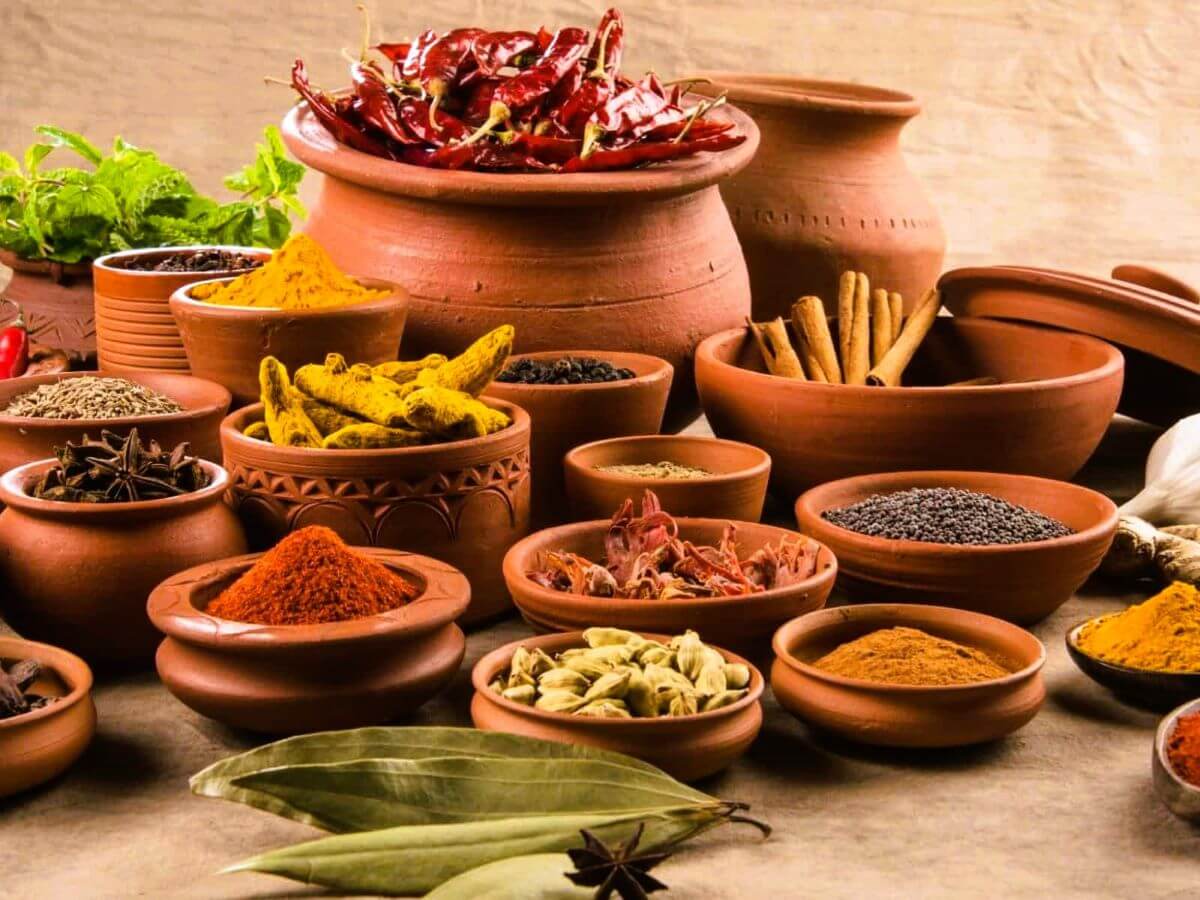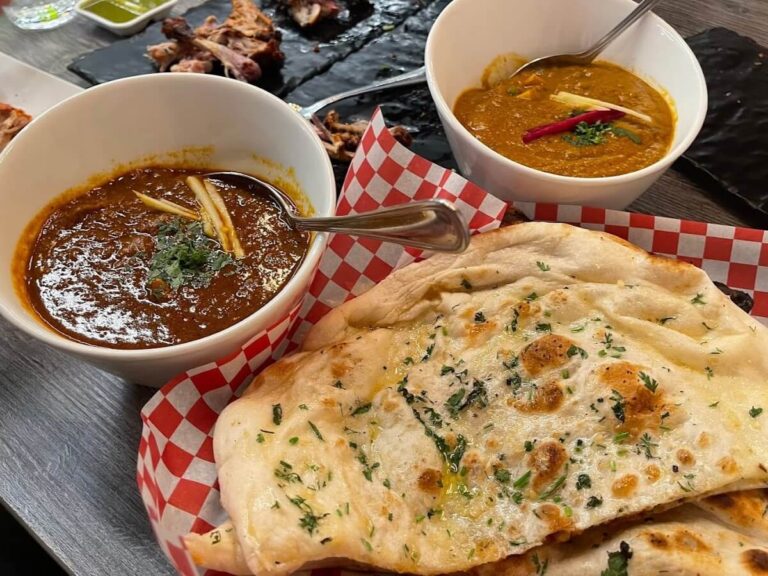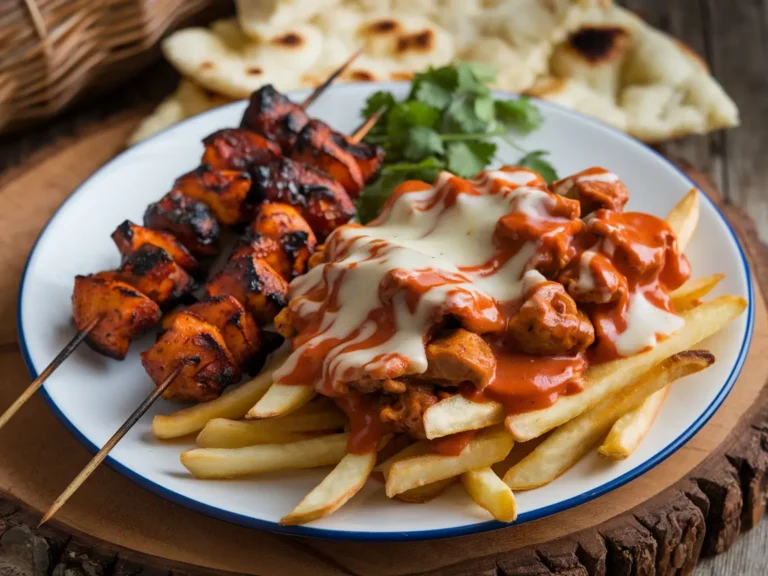The Art of Indian Spices: Experience the Flavors
Indian cuisine is a symphony of colors, textures, and most importantly, flavors. Each dish tells a story, a journey through a land where spices are not just flavorings, but cultural cornerstones. From the earthy warmth of cumin to the floral dance of cardamom, Indian spices unlock a world of culinary possibilities.
Aromatic Arsenal: The Essential Spices
Every Indian kitchen boasts a vibrant collection of spices, each with its unique personality. Here are some of the most common spices and their contributions to the symphony:
- Cumin: Earthy, warm, and slightly bitter, cumin forms the base of many Indian curries and lends a savory depth.
- Coriander: The fragrant seeds and leaves of coriander offer a citrusy brightness that perfectly complements the warmth of cumin.
- Turmeric: This vibrant yellow spice boasts not just an earthy, peppery flavor but also powerful anti-inflammatory properties.
- Chili Powder: From the gentle heat of paprika to the fiery kick of cayenne, chili powder adds a spectrum of spice to Indian dishes.
- Cardamom: Aromatic and slightly sweet, cardamom adds a touch of floral elegance to curries, desserts, and even chai tea.
- Cinnamon: Warm, sweet, and woody, cinnamon lends depth and complexity to savory dishes and shines in sweet treats.
- Cloves: Pungent and slightly bitter, cloves offer a distinct aroma and are used sparingly in curries and rice dishes.
The Art of Spice Blending: Creating Culinary Magic
The magic of Indian cuisine lies not just in the individual spices but in the masterful art of blending them. Each region boasts its unique spice combinations, known as “masalas.” Garam masala, a warm and aromatic blend, is a prime example. Although, the specific spices can vary, but the overall flavor profile is typically warm, slightly sweet, and complex.
Beyond Heat: The Symphony of Flavors
Indian cuisine goes far beyond mere “spiciness.” Spices are used to create a complex interplay of flavors:
- Sweetness: Spices like cardamom and fenugreek seeds add a subtle sweetness that balances the heat of chili peppers.
- Sourness: Ingredients like yogurt, tamarind, and tomatoes provide a welcome tang that cuts through richness and adds depth.
- Saltiness: Sea salt is used judiciously to enhance the other flavors without overpowering them.
- Bitterness: Spices like fenugreek and black mustard seeds add a touch of bitterness that rounds out the flavor profile.
- Umami: Ingredients like tomatoes, onions, and mushrooms add a savory depth that completes the taste experience.
Exploring the Spice Trail: A Culinary Adventure at Indian Swaad
If you’re curious to experience the magic of Indian spices firsthand, look no further than Indian Swaad! Our chefs are passionate about creating authentic dishes that showcase the diverse and flavorful world of Indian cuisine.
Our lunch buffet in Windsor is a fantastic way to delve into this culinary adventure. With a variety of dishes, each showcasing a unique blend of spices, you’ll discover your new favorite flavors and embark on a delicious journey through India.
So, are you ready to embark on your own spice odyssey? Visit Indian Swaad today and let us introduce you to the art of Indian spices!







